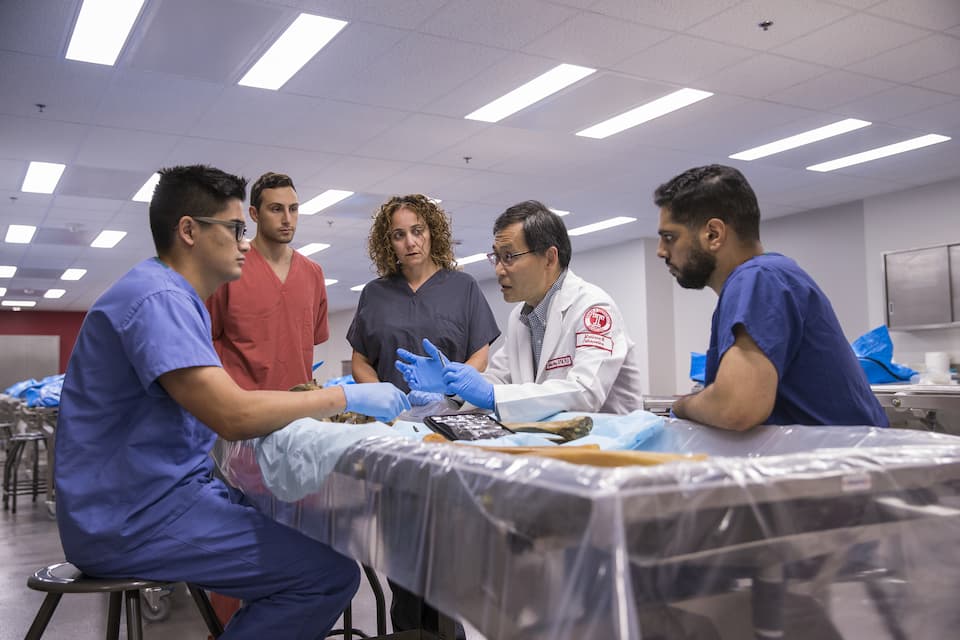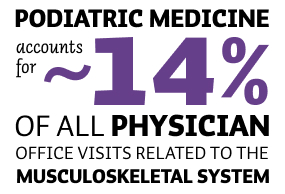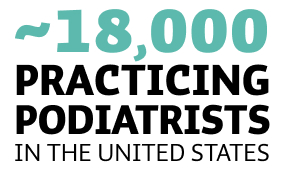The path to becoming a Doctor of Podiatric medicine starts in undergraduate school with courses in biology, chemistry, and anatomy. From there, students apply for four years of specialized education at a school or college of podiatric medicine. After graduation, they spend three years in a clinical residency before becoming a DPM.
Doctors of Podiatric Medicine study and train for seven years to acquire the specialized expertise necessary to help patients suffering from foot and ankle pain.

Start the journey into podiatric medicine
During undergrad, candidates will need to complete at least three years (90 semester hours or the equivalent) at an accredited institution. Within those hours, each of the 11 schools and colleges of podiatric medicine have specific course requirements for applicants. All schools and colleges of podiatric medicine require applicants to have completed biology, chemistry, organic chemistry, physics, and English. Find out more about the other specific requirements on our application page
Schools and colleges of podiatric medicine have a shared centralized application process administered by AACPMAS. All applicants complete the same application and submit it to as many schools and colleges as they wish via a centralized process.
The application process has deadlines for submitting transcripts, official MCAT test scores, referrals, and other relevant materials. Remember when applying to UTRGV-SOPM, you will need to complete the application process with TXDSAS. Read a detailed description of the application process and how to get started.
Successful applicants will complete four years of specialized podiatric medical training at an accredited school or college of podiatric medicine. Find out what other students say about becoming a student of podiatric medicine
Graduates will then complete three years of postgraduate residency training. A residency is a structured learning program that provides exposure to the profession as they transition from student doctors to competent, independent physicians. Find out more about podiatric residency
Miranda shadowed a DPM to find out about podiatry after getting experience working with her undergraduate sports team. Hear her story and then find out how you can get matched with a DPM mentor to shadow in your area.


